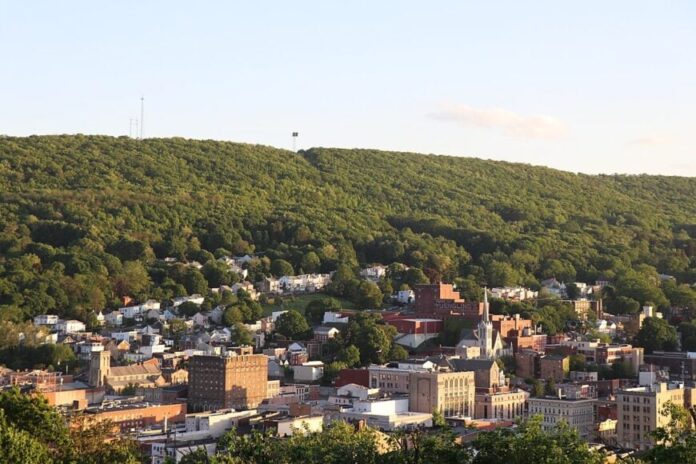Pennsylvania’s rich industrial past is etched into the fabric of its small towns, each bearing unique stories of innovation, hard work, and community spirit.
I’ve always found that exploring these places offers not just a glimpse into history but also an opportunity to experience the charm and warmth that characterize Pennsylvania’s lesser-known destinations.
From the birthplaces of pivotal industries to towns preserving remarkable feats of engineering, a wealth of heritage awaits discovery. Join me as we count down the 15 best small towns in Pennsylvania for visiting historic industrial sites, each offering a fascinating journey into the state’s storied past.
15. Carbondale: America’s First Underground Mine
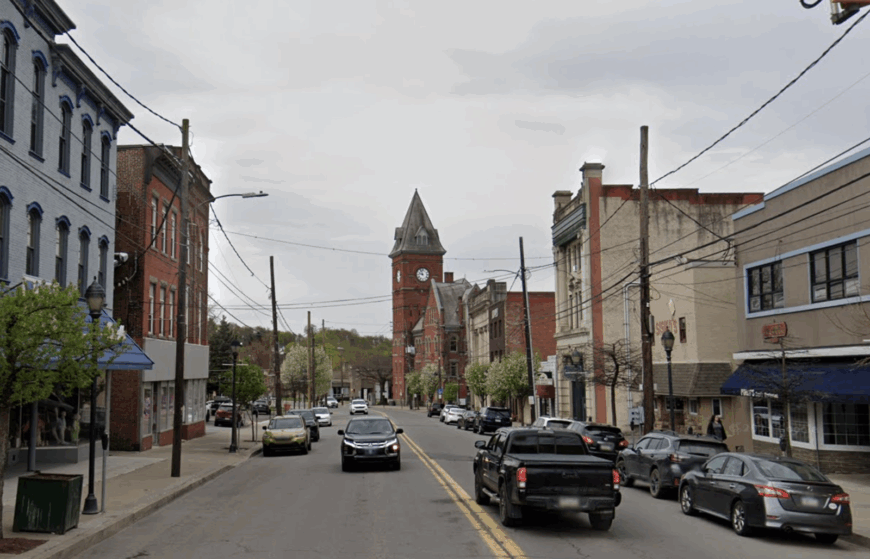
Carbondale is a town that holds a special place in American history as the site of the nation’s first underground coal mine. I was fascinated to learn how this pioneering endeavor in the early 19th century spurred the growth of the anthracite coal industry.
Walking through Carbondale, you can almost feel the echoes of the miners who toiled beneath the earth, and the town pays homage to this legacy with memorials and historical markers.
The Carbondale Historical Society offers intriguing exhibits that delve into the lives of those miners and the impact their work had on the Industrial Revolution. Besides its mining heritage, the town boasts charming parks and local eateries that make for a pleasant visit.
Homes with 3-4 bedrooms in Carbondale are priced between $160,000 and $460,000, offering a mix of affordability and history in this quaint industrial town.
Where is Carbondale?
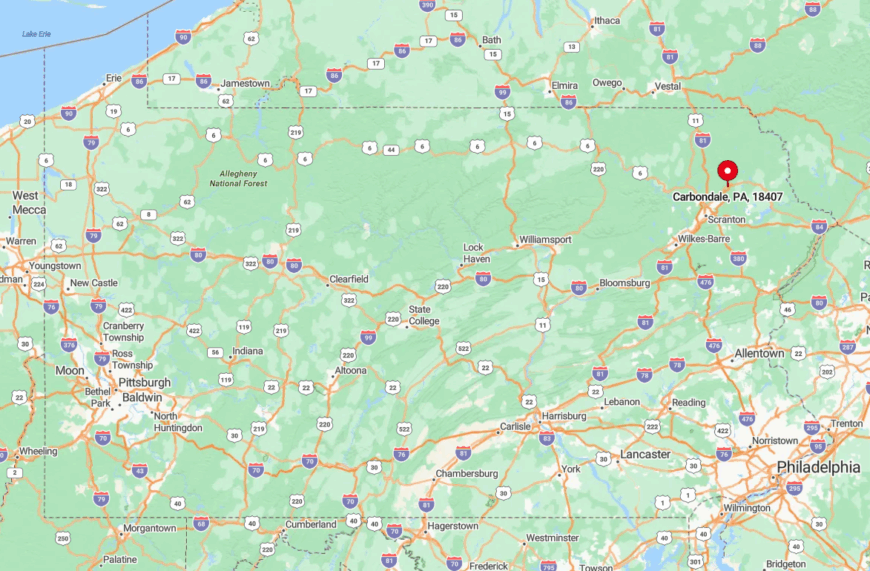
Situated in Lackawanna County in northeastern Pennsylvania, Carbondale is nestled in the scenic Lackawanna Valley. I find its location interesting as it’s surrounded by rolling hills that were once rich with coal deposits. The town is about 15 miles northeast of Scranton, making it accessible via U.S. Route 6.
If you’re coming from Interstate 81, it’s a straightforward drive through picturesque landscapes that highlight the region’s natural beauty. Carbondale’s geographical setting not only contributed to its mining success but also offers a serene backdrop for visitors today.
14. Coatesville: Steelmaking Heritage at the National Iron & Steel Museum
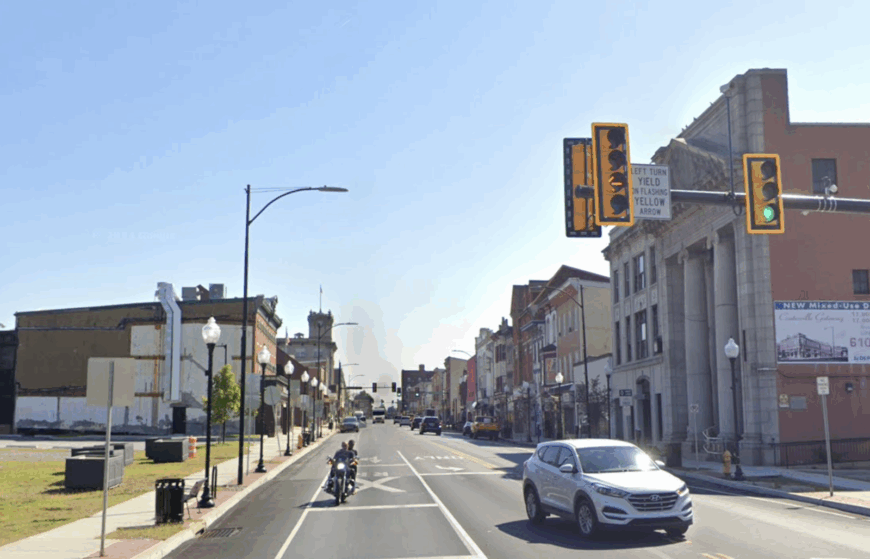
Coatesville is a small town that played a big role in America’s steel industry. When I visited, I was impressed by the National Iron & Steel Heritage Museum, which showcases the town’s substantial contributions to steelmaking.
The museum is situated on the grounds of the former Lukens Steel Company, one of the nation’s oldest steel mills. It’s fascinating to see how Coatesville’s steel was used in iconic structures like the World Trade Center and the Golden Gate Bridge.
Beyond its industrial landmarks, Coatesville offers quaint streets lined with historic buildings and a friendly community atmosphere. For those looking to settle in a town with a rich industrial heritage, 3-4 bedroom homes in Coatesville range from $200,000 to $500,000, providing access to both history and modern conveniences.
Where is Coatesville?
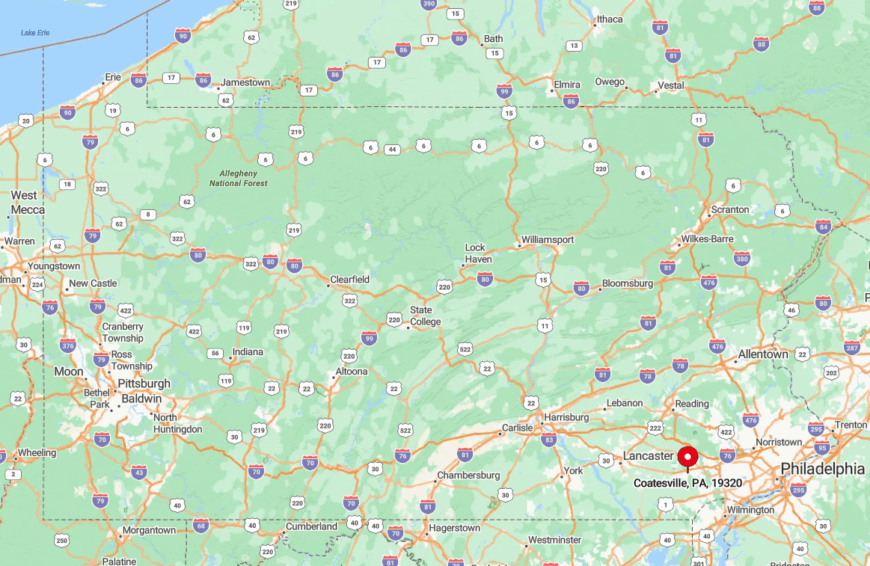
Located in Chester County in southeastern Pennsylvania, Coatesville sits along the West Branch of the Brandywine Creek. Its proximity to Philadelphia—about 40 miles to the east—makes it an easy destination to reach via U.S. Route 30.
I appreciate how Coatesville balances its rich industrial past with the lush greenery of the surrounding countryside. The town is accessible by both car and the SEPTA Regional Rail, connecting it conveniently to larger urban centers while retaining its small-town charm.
13. Cornwall: Preserving Iron Furnace History
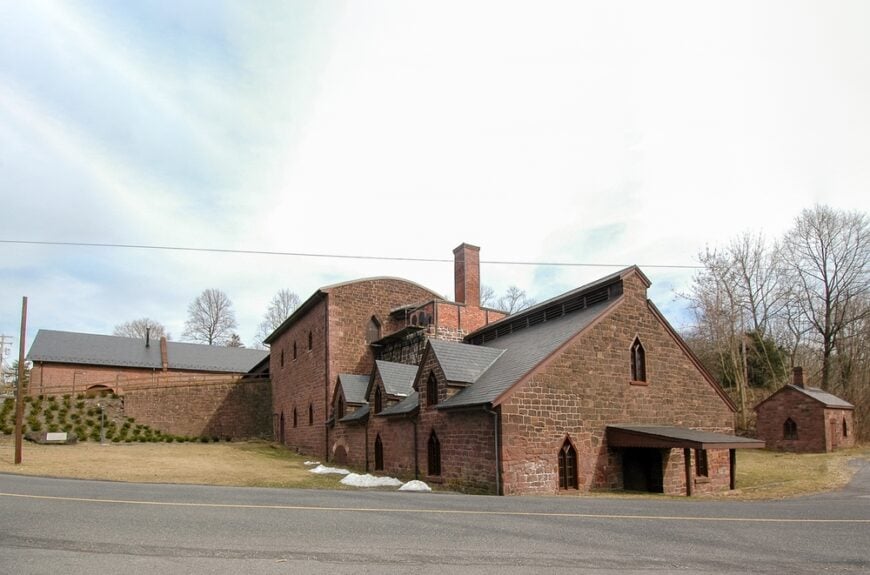
Cornwall captivated me with its well-preserved Cornwall Iron Furnace, a unique testament to 19th-century iron-making technology. This furnace is the only survivor of the original charcoal cold-blast furnaces in the Western Hemisphere.
Touring the site, I was transported back in time, learning about the iron production processes that were vital during the American Industrial Revolution. The town itself is quaint, with stone houses and serene landscapes that make it a peaceful retreat.
The annual events and festivals celebrating its heritage add to Cornwall’s appeal. 3-4 bedroom homes in Cornwall typically cost between $400,000 and $700,000, nestled in a town renowned for its rich historical charm and stunning scenic beauty.
Where is Cornwall?
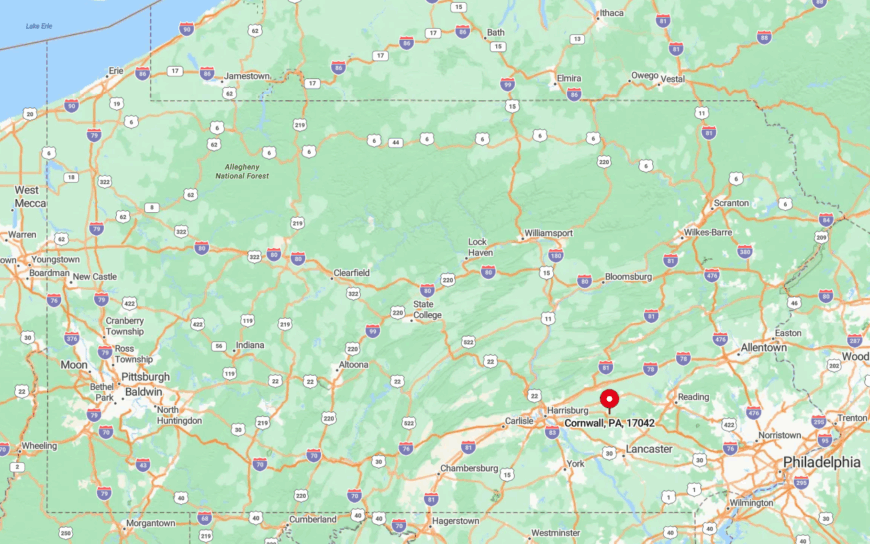
Cornwall is nestled in Lebanon County, in south-central Pennsylvania. It’s conveniently located near the Pennsylvania Turnpike, making it easy to reach from Harrisburg to the west or Philadelphia to the east. I find that its setting near the foothills of the Appalachian Mountains adds to its historical ambiance.
The town is surrounded by lush forests and rolling hills, making it an ideal destination for those who love nature as much as history. Getting to Cornwall is a scenic drive, with routes that showcase the beauty of Pennsylvania’s countryside.
12. St. Marys: Manufacturing Roots in the Heart of Pennsylvania
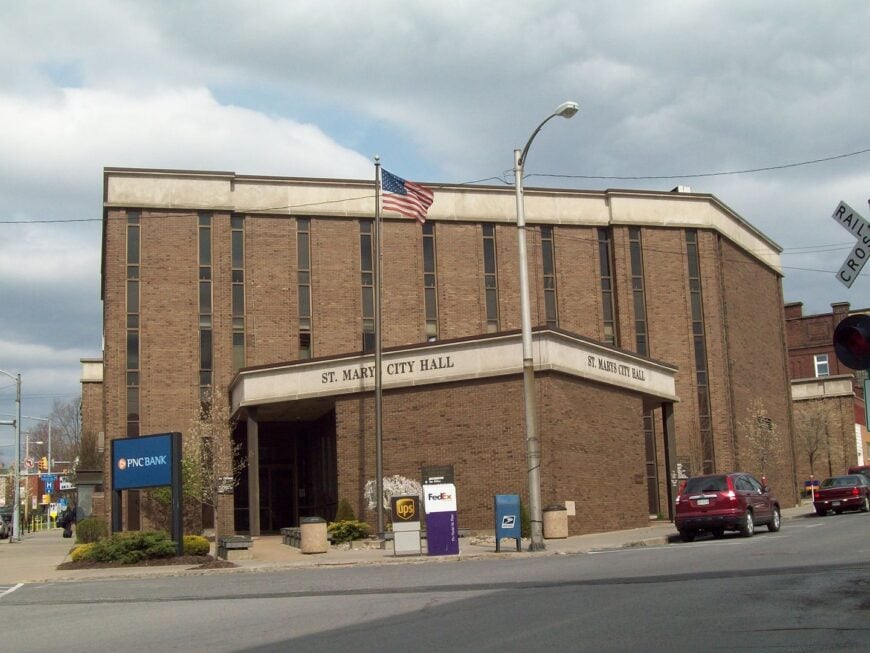
St. Marys is a town that surprised me with its blend of industrial history and small-town charm. Known for its long-standing traditions in lumber and manufacturing, the company has evolved while preserving its heritage. Visiting Decker’s Chapel, one of the smallest churches in the United States, added a quaint touch to my trip.
The town is also home to several breweries, reflecting its German roots and offering a taste of local craftsmanship. The industrial parks and historic sites provide insight into the area’s economic development over the years.
In St. Marys, 3-4 bedroom homes range from $150,000 to $450,000, offering a blend of affordability and small-town charm for those looking to enjoy a slower pace of life.
Where is St. Marys?
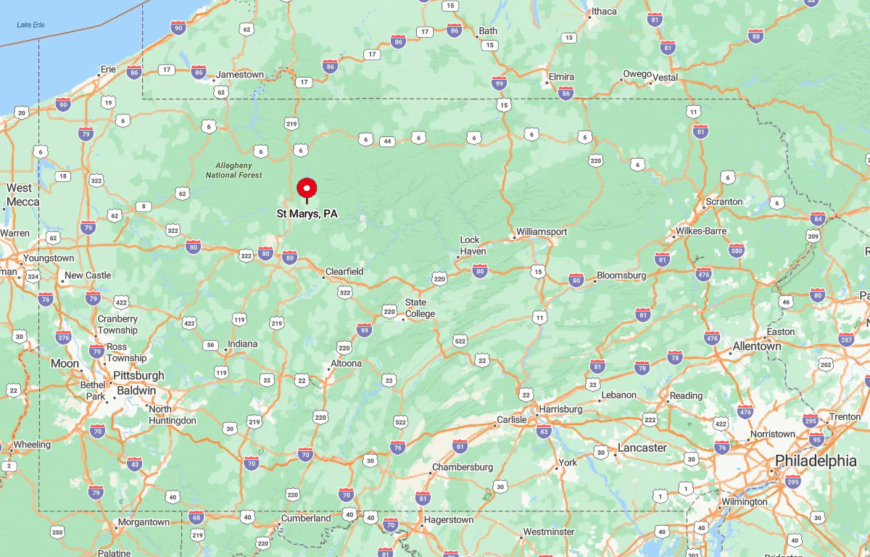
Located in Elk County in north-central Pennsylvania, St. Marys is surrounded by the natural beauty of the Allegheny Plateau. I enjoyed the drive along Route 255, which offers scenic views of forests and valleys.
The town is somewhat remote, located approximately 120 miles northeast of Pittsburgh, but it is accessible via well-maintained state highways. Its location makes it a great starting point for exploring the nearby Elk State Forest and engaging in outdoor activities such as hiking and wildlife viewing.
11. Brownsville: Industrial Bridges and Steel Heritage
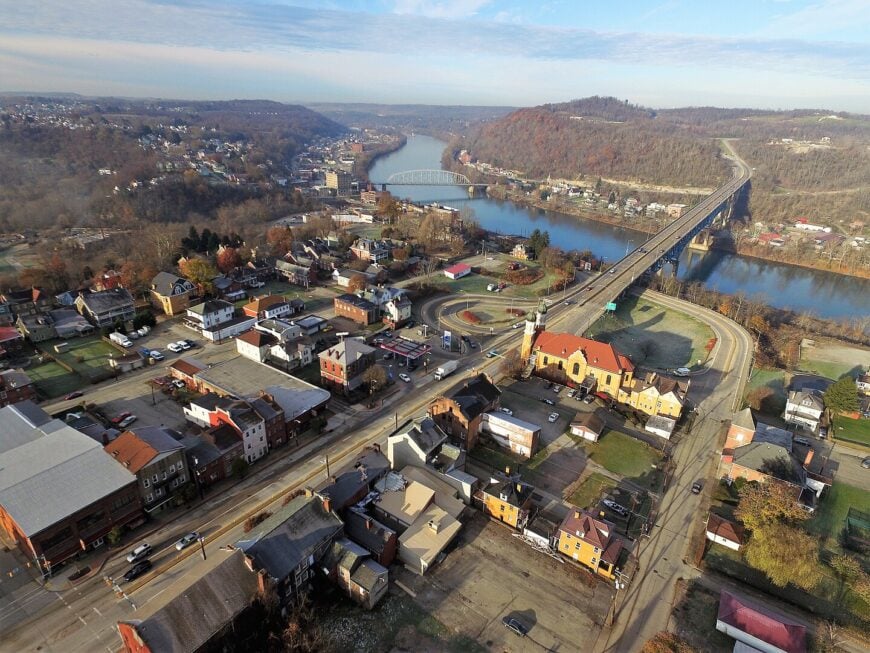
Brownsville is a historic river town that intrigued me with its iconic bridges and steel industry roots. Situated along the Monongahela River, it was once a bustling hub for steamboat building and iron manufacturing.
The Brownsville Bridge and the Intercounty Bridge are remarkable feats of engineering that symbolize the town’s industrial significance. Walking through the downtown area, I explored vintage architecture and enjoyed views of the river that played a crucial role in the town’s development.
The Flatiron Building Heritage Center provided deeper insights into Brownsville’s storied past. 3-4 bedroom homes in Brownsville are priced between $90,000 and $390,000, making this town an affordable option for those seeking a blend of history and comfort.
Where is Brownsville?
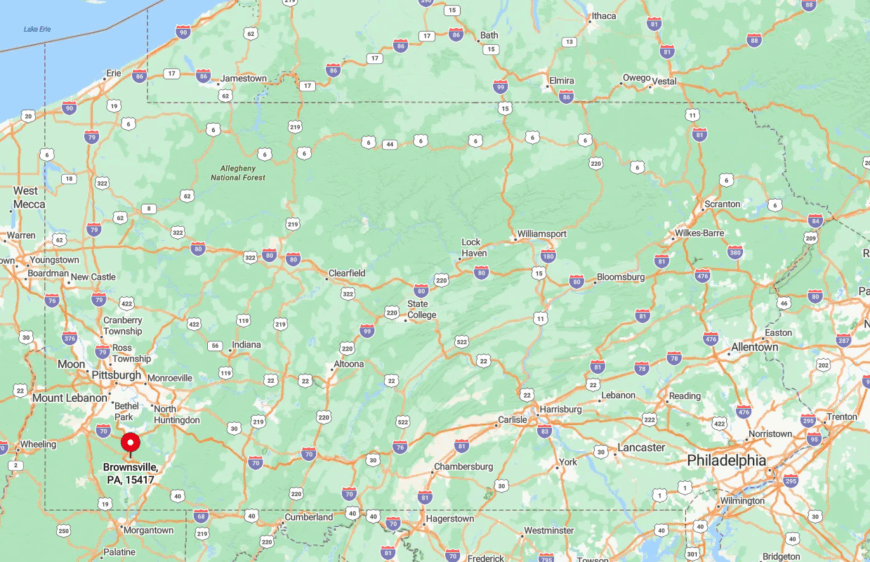
Brownsville is in Fayette County, southwestern Pennsylvania, approximately 40 miles south of Pittsburgh. I found it easily accessible via PA Route 51, which connects directly to major interstates. The town’s location along the Monongahela River made it historically significant for transportation and industry.
Today, the riverfront offers scenic vistas and opportunities for boating. Brownsville’s proximity to Pittsburgh allows visitors to explore rural and urban attractions in the same trip.
10. Meadville: The Tool City with an Industrial Past
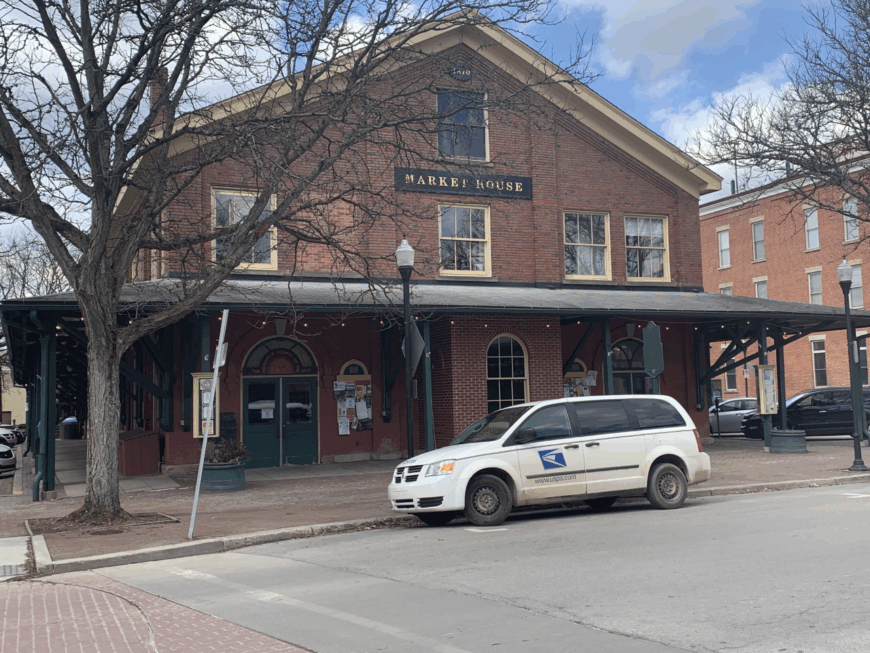
Meadville, affectionately known as “Tool City,” earned its nickname due to its pivotal role in the tool and die manufacturing industry during the industrial boom. I was impressed by how the town has preserved this heritage while fostering a vibrant community atmosphere.
The Johnson-Shaw Stereoscopic Museum was a highlight of my visit, showcasing the innovation of stereoscopic photography, which has roots in Meadville. The downtown area features historic buildings, unique shops, and eateries that make it a delightful place to explore.
3-4 bedroom homes in Meadville typically cost between $100,000 and $400,000, offering an ideal setting for those who wish to explore both outdoor activities and the local industrial history.
Where is Meadville?
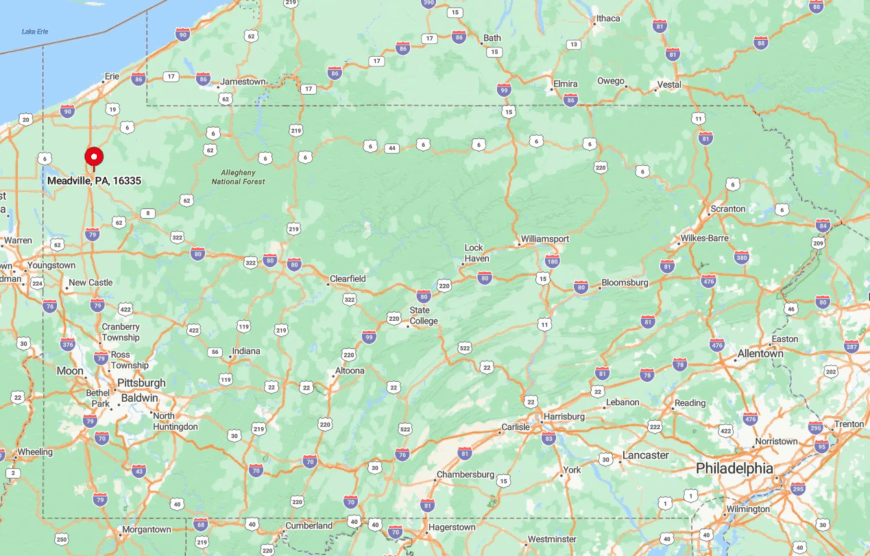
Nestled in Crawford County in northwestern Pennsylvania, Meadville is conveniently located along Interstate 79. It’s about 90 miles north of Pittsburgh and 40 miles south of Erie. I enjoyed the scenic drive through the rolling landscapes of the Pennsylvania countryside.
The town is situated near beautiful natural attractions, such as Conneaut Lake and Woodcock Lake Park, making it an ideal spot to combine industrial history with outdoor recreation. Its accessible location makes Meadville a worthwhile stop when traveling through the region.
9. Cresson: Railroading Legacy in a Quaint Setting
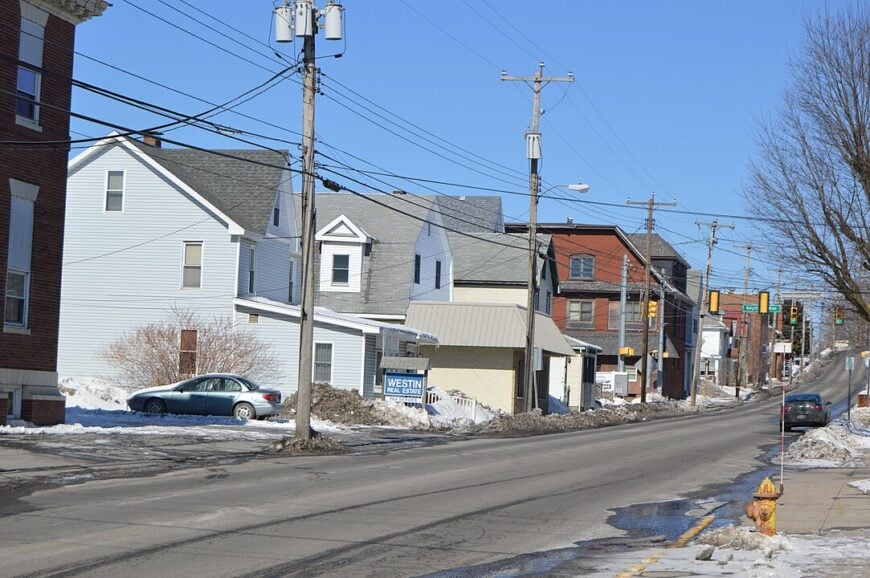
Cresson captured my interest with its significant railroading history and quaint small-town feel. Nestled in the Allegheny Mountains, it was an essential hub during the heyday of railroad expansion. I visited the Cresson Area Heritage Park, where historical displays bring the town’s railroading past to life.
The nearby Horseshoe Curve, an engineering marvel, is a must-see for train enthusiasts and offers breathtaking views. Cresson’s serene environment and friendly locals made my visit especially enjoyable.
Cresson boasts homes with 3-4 bedrooms, priced between $150,000 and $450,000, offering an affordable escape with easy access to nearby historic sites and outdoor adventures.
Where is Cresson?
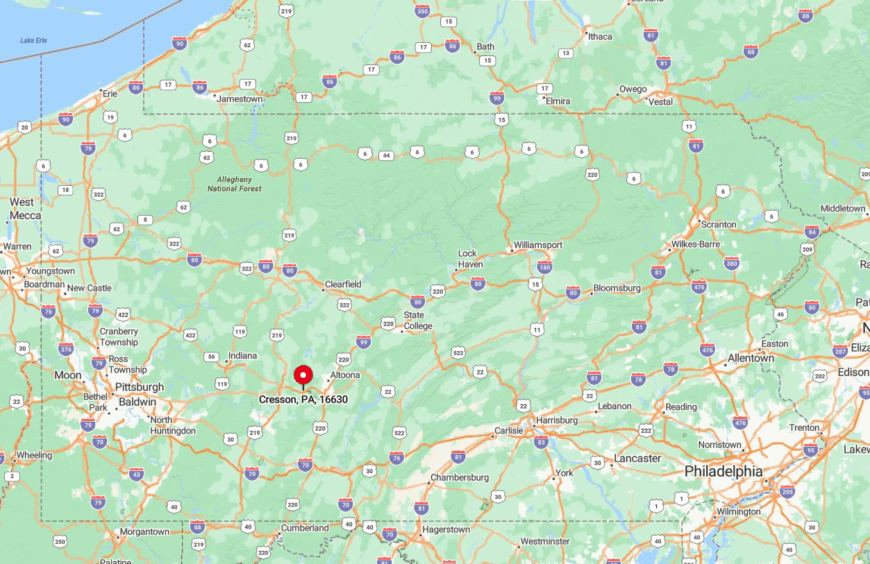
Cresson is located in Cambria County in west-central Pennsylvania. It’s accessible via U.S. Route 22 and is about 80 miles east of Pittsburgh. I found its mountainous setting particularly appealing, as it sits on the eastern edge of the Allegheny Plateau. The town’s elevation provides a cooler climate and picturesque landscapes.
Getting there involves a scenic drive through rolling hills and dense forests, which adds to the charm of visiting this historic locale.
8. Columbia: Industrial History along the Susquehanna
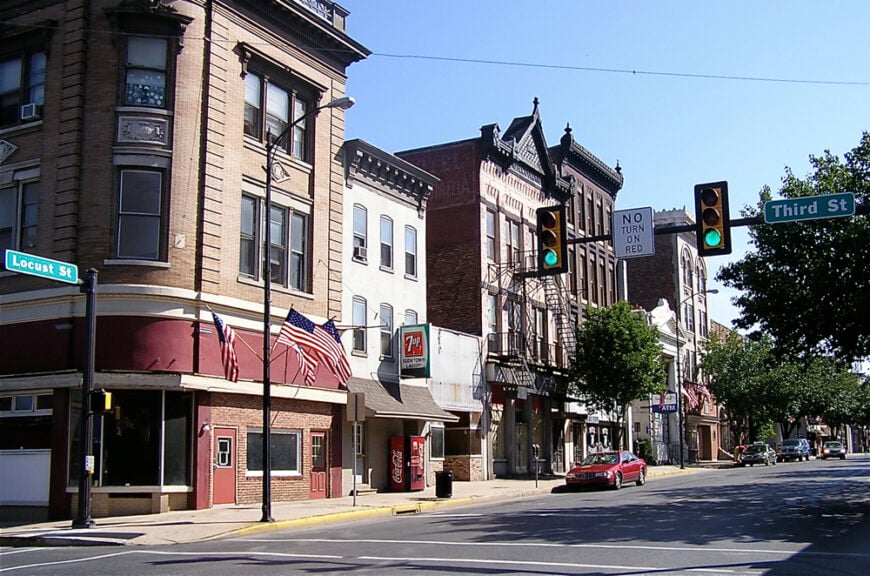
Perched along the Susquehanna River, Columbia is a town rich in industrial and transportation history. I was drawn to the National Watch and Clock Museum, which houses an extensive collection that chronicles the artistry and innovation of timekeeping.
The town’s heritage as a transport hub is evident in its historic architecture and the stories shared by locals. Strolling through Columbia, I enjoyed discovering antique shops, art galleries, and riverside parks that highlight both its past and present vitality.
Columbia offers 3-4 bedroom homes priced between $150,000 and $450,000, perfect for those looking to live in a historic town with a thriving arts scene.
Where is Columbia?
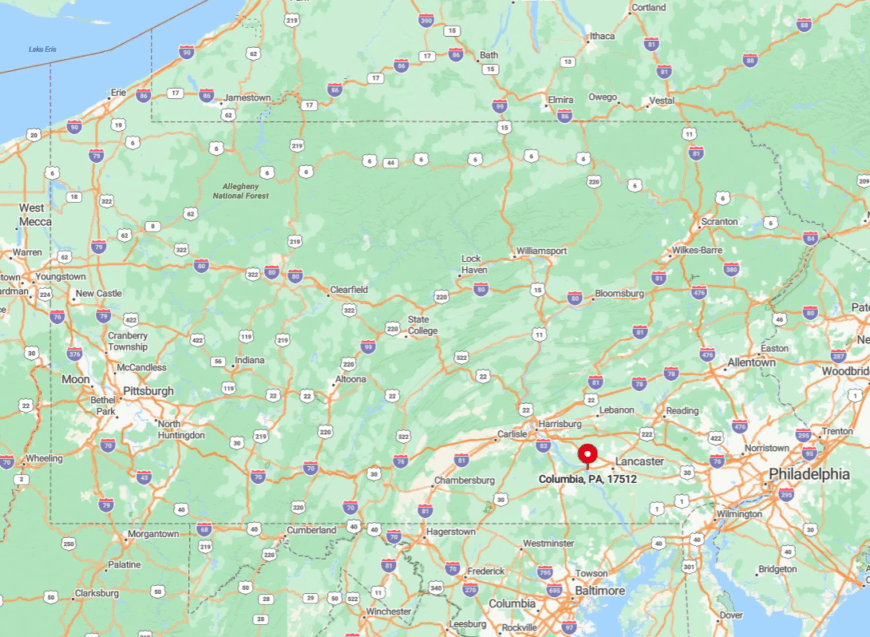
Columbia is situated in Lancaster County in south-central Pennsylvania, just off U.S. Route 30. It’s approximately 28 miles southeast of Harrisburg, making it easily accessible for a day trip. The town’s location along the Susquehanna River adds to its scenic appeal and historical significance.
I found that the surrounding Amish countryside enhances the cultural experience, offering a glimpse into diverse traditions and customs. The Veterans Memorial Bridge connects Columbia to nearby Wrightsville, making it convenient to explore both sides of the river.
7. Renovo: Railroad Heritage Amidst Natural Beauty
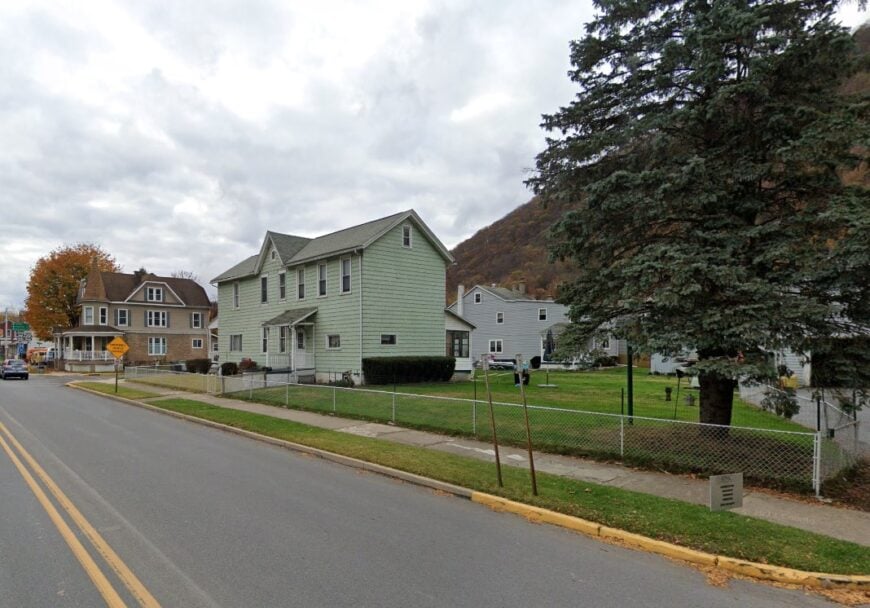
Renovo is a hidden gem that combines rich railroad heritage with breathtaking natural surroundings. Nestled within the mountains of Pennsylvania, the town was once a bustling hub for the Philadelphia and Erie Railroad.
I visited during the annual Flaming Foliage Festival, which celebrates the stunning autumn colors and pays homage to the town’s history. The memorials and historic sites offer insights into Renovo’s past, while opportunities for hiking, fishing, and hunting make it a paradise for outdoor enthusiasts like me.
In Renovo, 3-4 bedroom homes typically cost between $100,000 and $400,000, offering a budget-friendly way to experience the industrial past and outdoor beauty of this small town.
Where is Renovo?
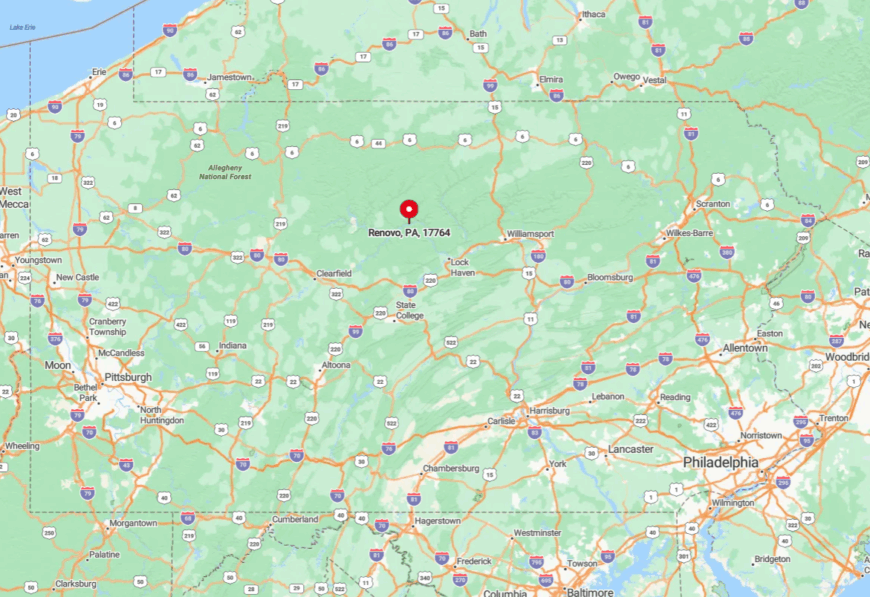
Located in Clinton County, north-central Pennsylvania, Renovo is situated along the West Branch Susquehanna River. It’s about 70 miles north of State College, accessible via PA Route 120. The drive to Renovo is truly scenic, winding through dense forests and alongside rivers.
The town’s remote location contributes to its tranquil atmosphere and unspoiled natural beauty. For those seeking a peaceful retreat with a touch of industrial history, Renovo is an ideal destination.
6. Homestead: From Steel Mills to Historic Landmarks
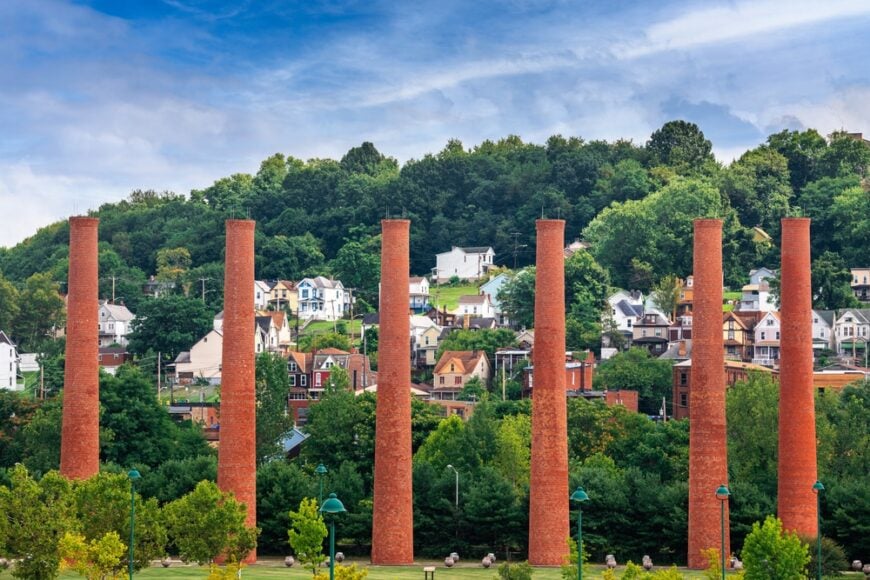
Homestead stands as a testament to Pittsburgh’s steel-producing might and the enduring spirit of its community. I was intrigued by how the town has transformed the former steel mill sites into the Waterfront, a vibrant shopping and entertainment district.
The Battle of Homestead site and the Carrie Blast Furnaces offer a glimpse into the town’s industrial past. Walking through Homestead, I could sense the resilience of a community that has reimagined itself while honoring its roots.
Homes in Homestead with 3-4 bedrooms are priced between $150,000 and $450,000, making them an affordable gateway to exploring the area’s rich industrial heritage and vibrant community.
Where is Homestead?
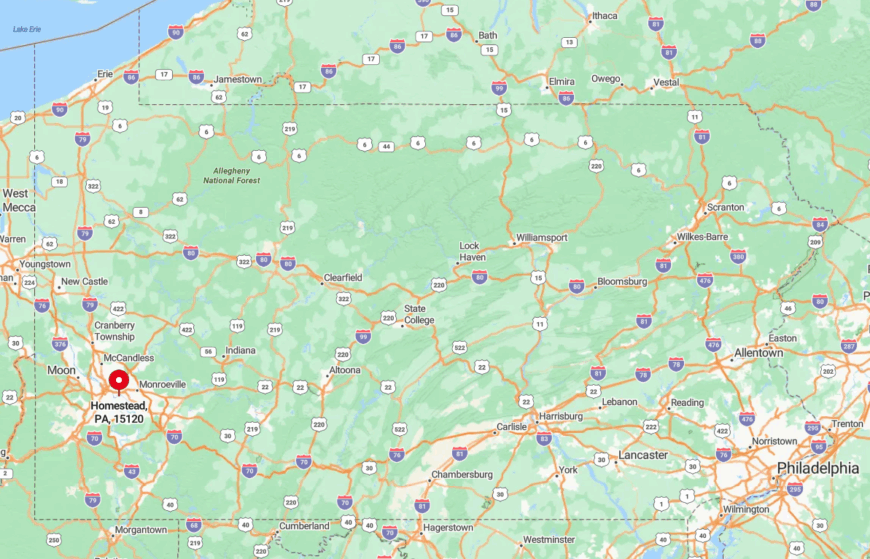
Homestead is located in Allegheny County, just a few miles southeast of downtown Pittsburgh. It’s easily reached via PA Route 837 and is connected to the city by several bridges spanning the Monongahela River.
I appreciate how Homestead’s proximity to Pittsburgh allows for convenient access to urban amenities while maintaining its own unique identity. The town’s riverfront location provided vital transportation routes during its industrial peak and now offers scenic views and recreational opportunities.
5. Johnstown: Steel City and the Story of Resilience
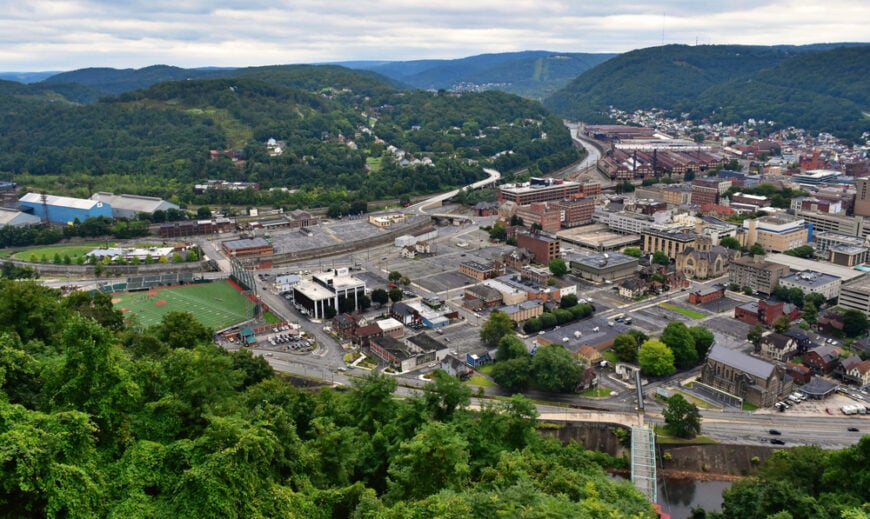
Johnstown is a town that embodies resilience in the face of adversity. Known for its steel industry, it also carries the legacy of surviving devastating floods. I visited the Johnstown Flood Museum, which tells the gripping story of the 1889 flood that reshaped the town.
The Heritage Discovery Center highlights the immigrant workers who fueled the steel mills, adding depth to the industrial narrative. Riding the Johnstown Inclined Plane, the world’s steepest vehicular incline, provided panoramic views and a sense of the town’s enduring spirit.
Johnstown’s 3-4 bedroom homes range from $150,000 to $450,000, reflecting the town’s blend of rich industrial history and modern-day revitalization.
Where is Johnstown?
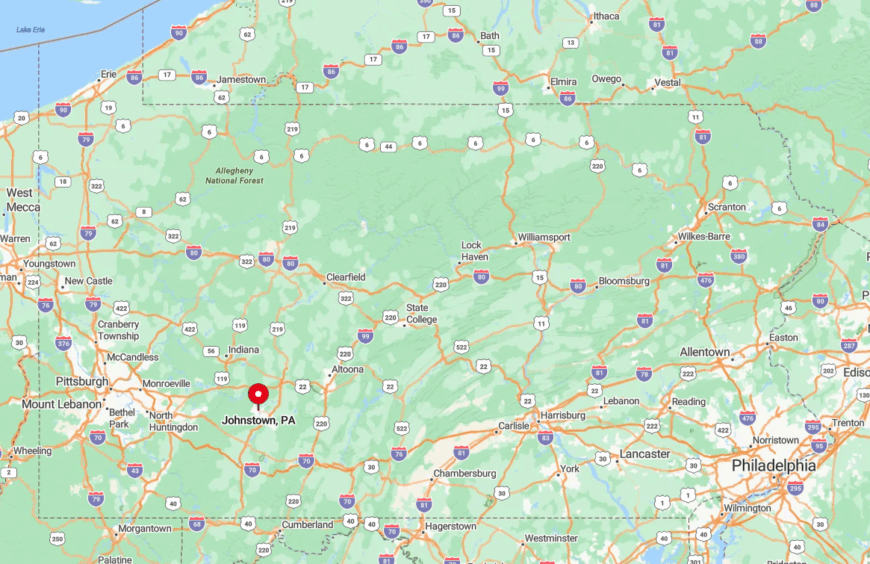
Situated in Cambria County in southwestern Pennsylvania, Johnstown lies along the Conemaugh River. It’s accessible via U.S. Route 219 and is about 70 miles east of Pittsburgh. The town is nestled in a valley surrounded by the Laurel Mountains, which contribute to its scenic beauty and historical propensity for flooding.
I found that its location offers both natural attractions and easy connections to other historic sites in the region. The combination of accessible roads and rich history makes Johnstown a compelling place to visit.
4. Ashland: Journey into Coal Mining at Pioneer Tunnel
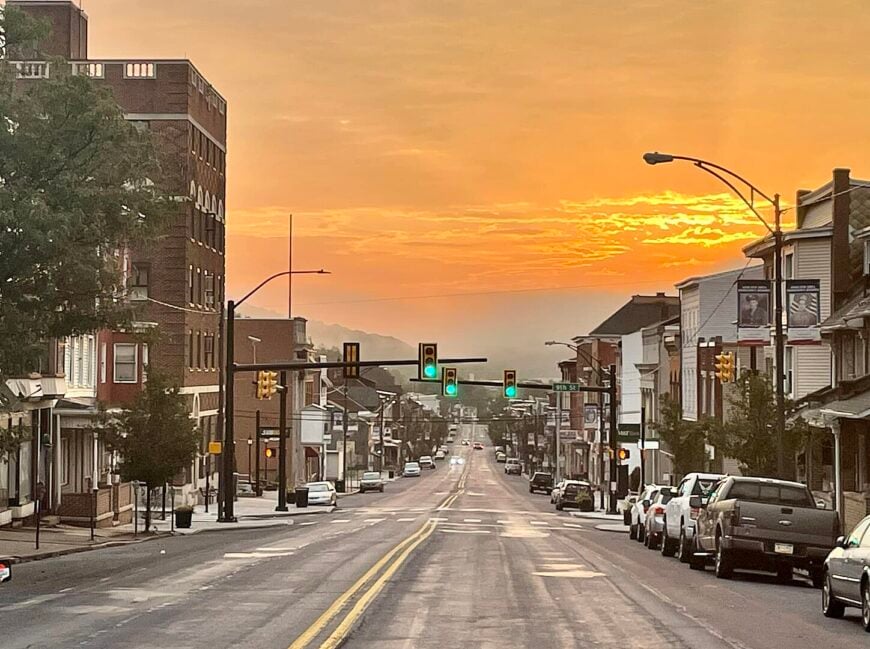
Ashland offers an authentic glimpse into the coal mining life that once dominated the region. I was thrilled to explore the Pioneer Tunnel Coal Mine, where visitors can ride into a real mine and learn about the miners’ daily experiences.
The accompanying steam train ride through the Mahanoy Mountain adds to the adventure, offering beautiful views and historical context. Ashland’s friendly residents and small-town charm make it a welcoming destination that vividly brings industrial history to life.
In Ashland, homes with 3-4 bedrooms are priced between $150,000 and $450,000, offering a quiet yet vibrant town full of history and accessible living options.
Where is Ashland?
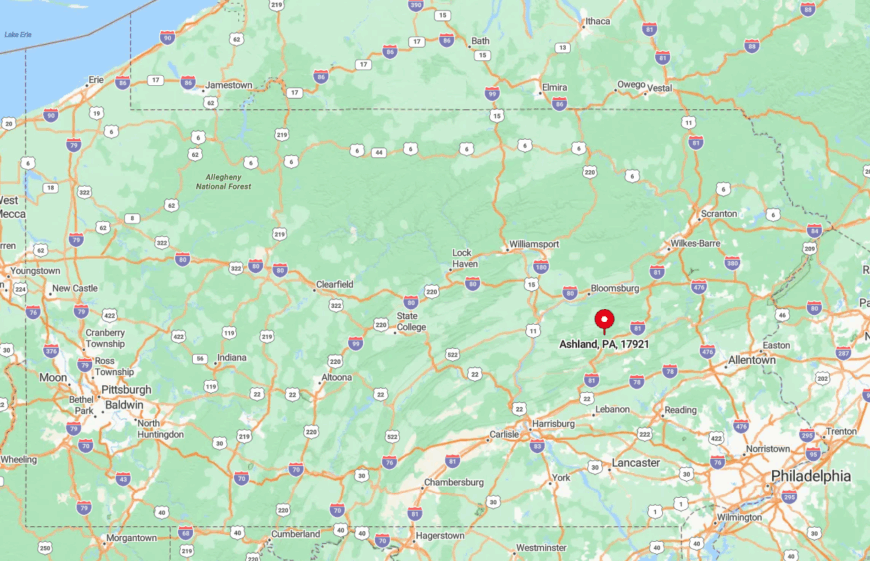
Ashland is situated in Schuylkill County, eastern Pennsylvania, along Pennsylvania Route 54. It’s about 60 miles northeast of Harrisburg and is nestled within the Appalachian Mountains. The town’s elevated position provides stunning vistas of the surrounding valleys and peaks.
I enjoyed the drive through the region, with winding roads that showcase the area’s natural beauty. Ashland’s accessibility and unique attractions make it a noteworthy stop for those interested in Pennsylvania’s coal mining heritage.
3. Pottsville: Home of America’s Oldest Brewery and Coal Heritage

Pottsville is a town where industrial history and brewing tradition come together. Visiting the Yuengling Brewery, America’s oldest operating brewery, was a highlight for me. The brewery tours provide insight into the craftsmanship and resilience that have enabled it to thrive since 1829.
Pottsville’s rich history of anthracite coal mining is evident in its architecture and local museums. The Schuylkill County Historical Society provides a deeper understanding of the town’s pivotal role in the nation’s industrial growth.
Strolling through Pottsville’s streets, I appreciated the blend of history and modern community life. Pottsville features 3-4 bedroom homes priced between $150,000 and $450,000, offering a balanced lifestyle with access to both historic industrial sites and natural beauty.
Where is Pottsville?
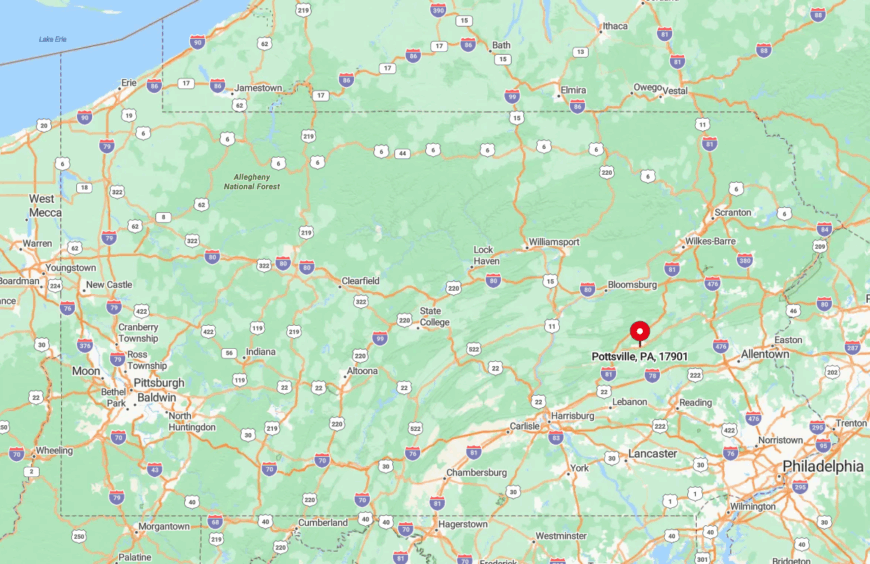
Located in Schuylkill County, Pottsville sits in eastern Pennsylvania along U.S. Route 209. It’s approximately 90 miles northwest of Philadelphia, making it accessible for a weekend getaway. The town is nestled in a valley surrounded by the Appalachian Mountains, contributing to its picturesque setting.
I found that the combination of rolling hills and historical landmarks makes the drive to Pottsville enjoyable. Its central location also allows for exploration of nearby towns and attractions rich in industrial history.
2. Titusville: Birthplace of the American Oil Industry
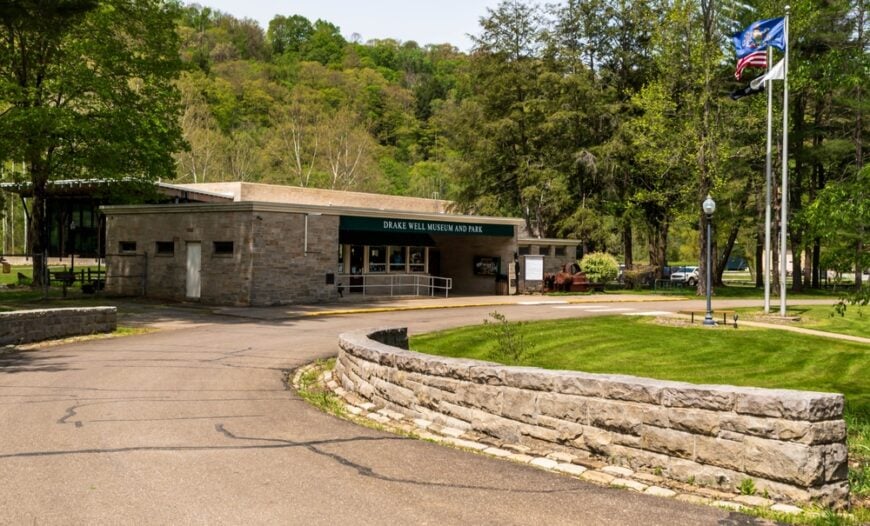
Titusville holds the distinction of being the birthplace of the American oil industry. Visiting the Drake Well Museum, I felt transported to the moment in 1859 when Edwin Drake successfully drilled the first commercial oil well.
The museum’s interactive exhibits and replica drilling rigs vividly tell the story of this groundbreaking achievement. Titusville’s quaint downtown and friendly atmosphere made my visit both educational and enjoyable.
The nearby Oil Creek State Park offers additional insights with scenic trails and historic sites related to the oil boom. Titusville, with 3-4 bedroom homes priced between $150,000 and $450,000, allows you to live in a town with a storied past and abundant opportunities for exploration.
Where is Titusville?
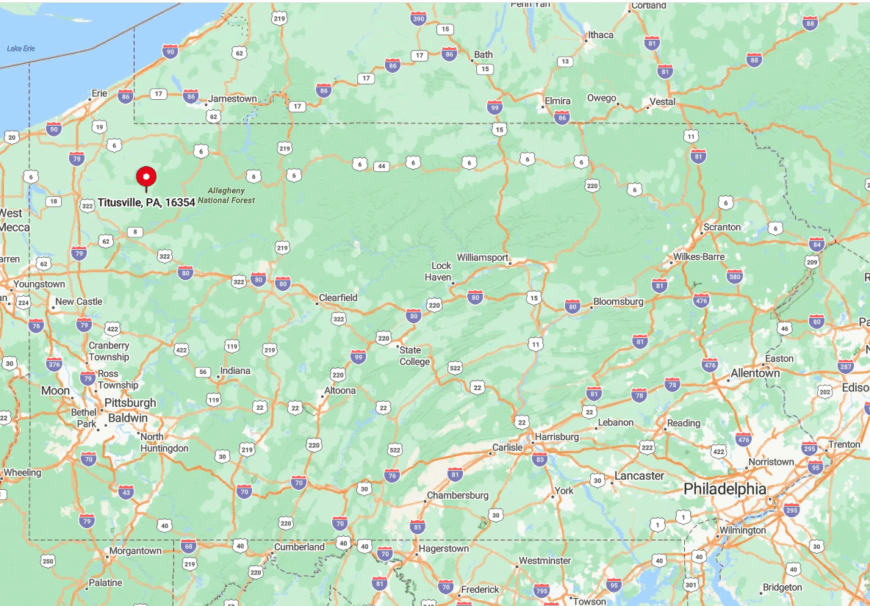
Titusville is located in Crawford County, in northwestern Pennsylvania, and is accessible via PA Route 27. It’s approximately 50 miles southeast of Erie, situated in the Oil Creek Valley. I appreciated how the town is surrounded by lush forests and rolling hills that provide a serene backdrop.
The Oil Creek and Titusville Railroad offers excursions that combine scenic beauty with historical narration. Reaching Titusville entails a pleasant drive through landscapes that highlight the region’s natural and historical richness.
1. Jim Thorpe: Victorian Charm and Coal Mining History
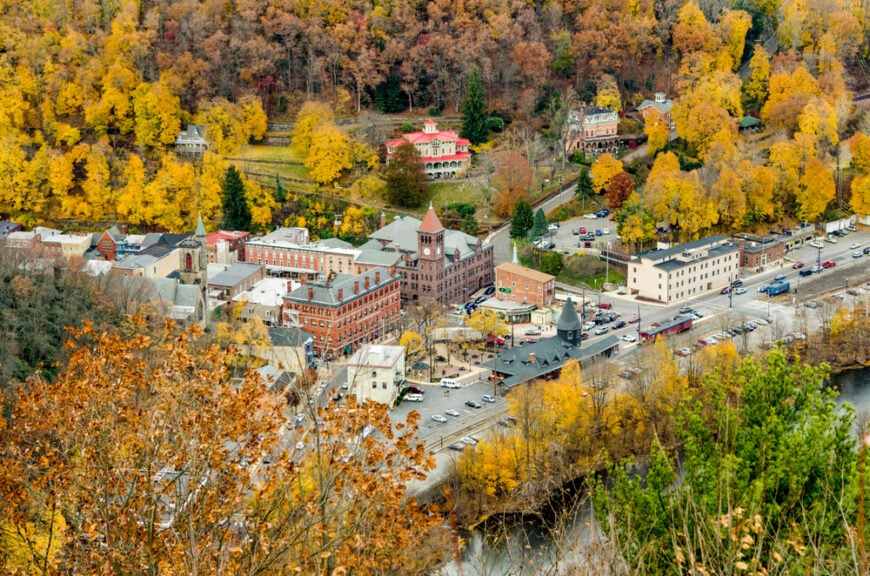
Jim Thorpe is a town that captivated me with its picturesque Victorian architecture and rich coal mining history. Often referred to as the “Switzerland of America,” its steep hillsides and ornate buildings create a truly enchanting atmosphere.
The Asa Packer Mansion and the Old Jail Museum offer fascinating tours that delve into the area’s past. I enjoyed wandering through the eclectic shops and cafes that line the streets, as well as exploring the scenic Lehigh Gorge State Park nearby.
Jim Thorpe seamlessly blends historical significance with outdoor adventure, making it a standout destination. 3-4 bedroom homes in Jim Thorpe typically range from $150,000 to $450,000, providing the perfect base for those who want to experience the town’s vibrant history and scenic surroundings.
Where is Jim Thorpe?
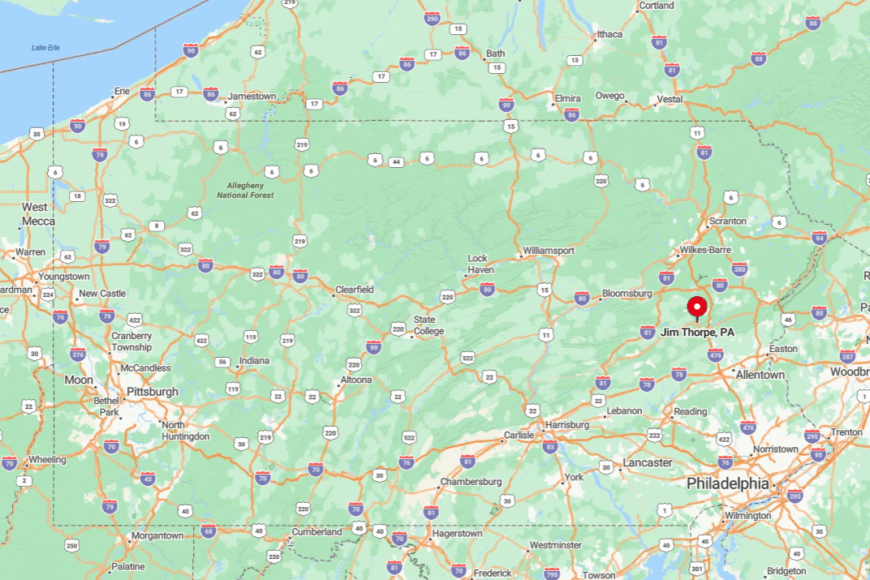
Nestled in Carbon County in eastern Pennsylvania, Jim Thorpe is accessible via U.S. Route 209 and is about 80 miles north of Philadelphia. The town is situated along the Lehigh River, which adds to its scenic allure and provided crucial transportation routes during the coal mining era.
I found that the surrounding mountains and forests offer abundant opportunities for hiking, biking, and rafting. The combination of easily navigable roads and breathtaking landscapes makes reaching Jim Thorpe both straightforward and enjoyable.
